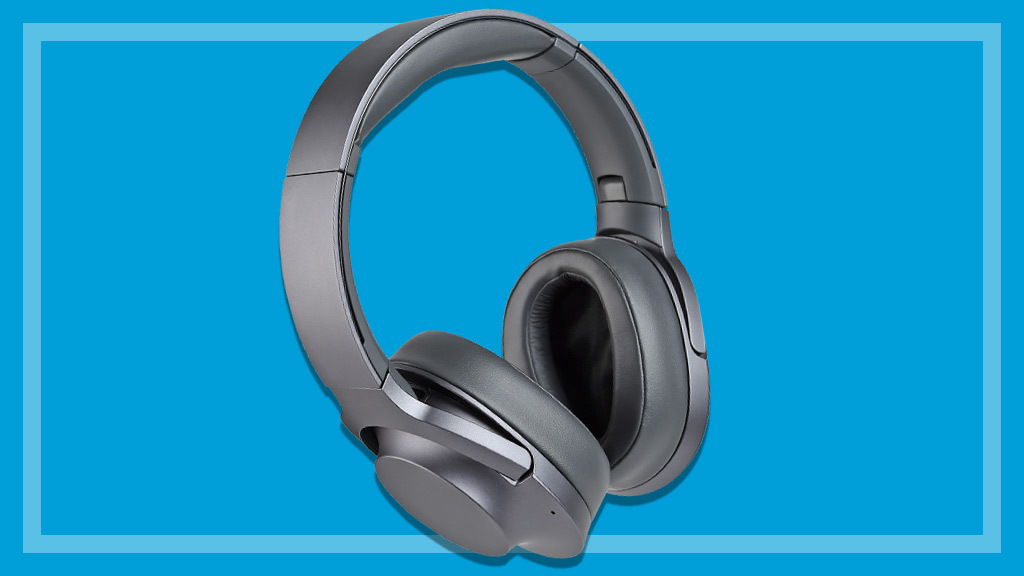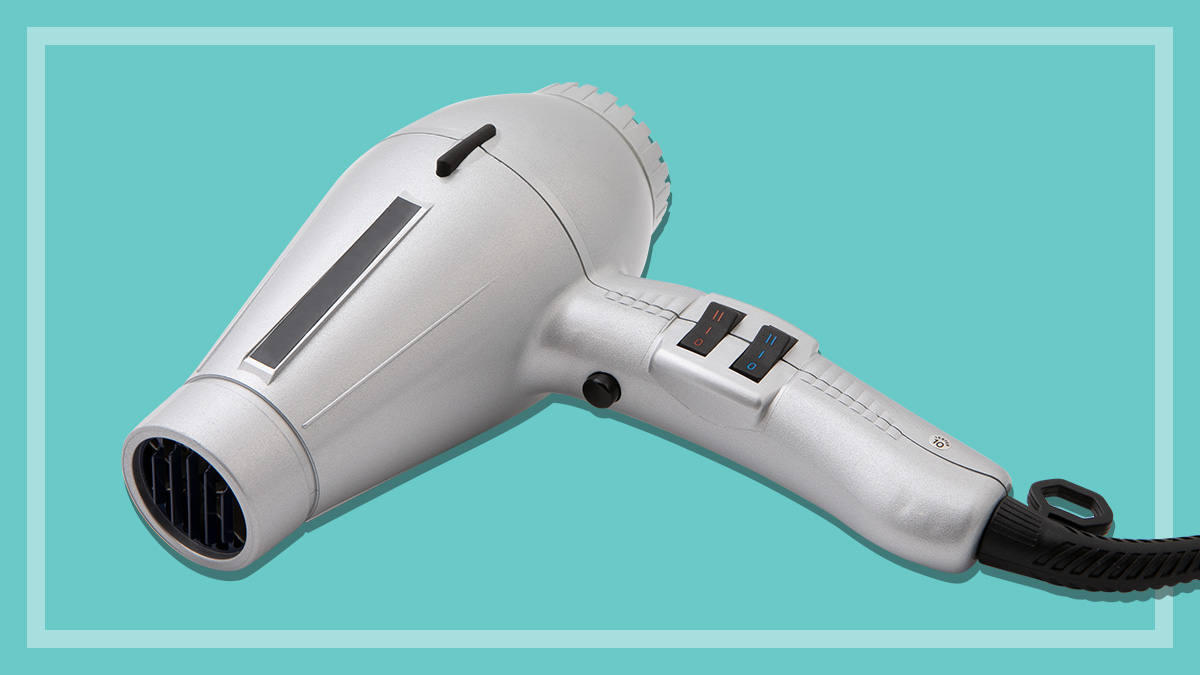Get our independent lab tests, expert reviews and honest advice.
How to use your hearing aid with TVs and headphones
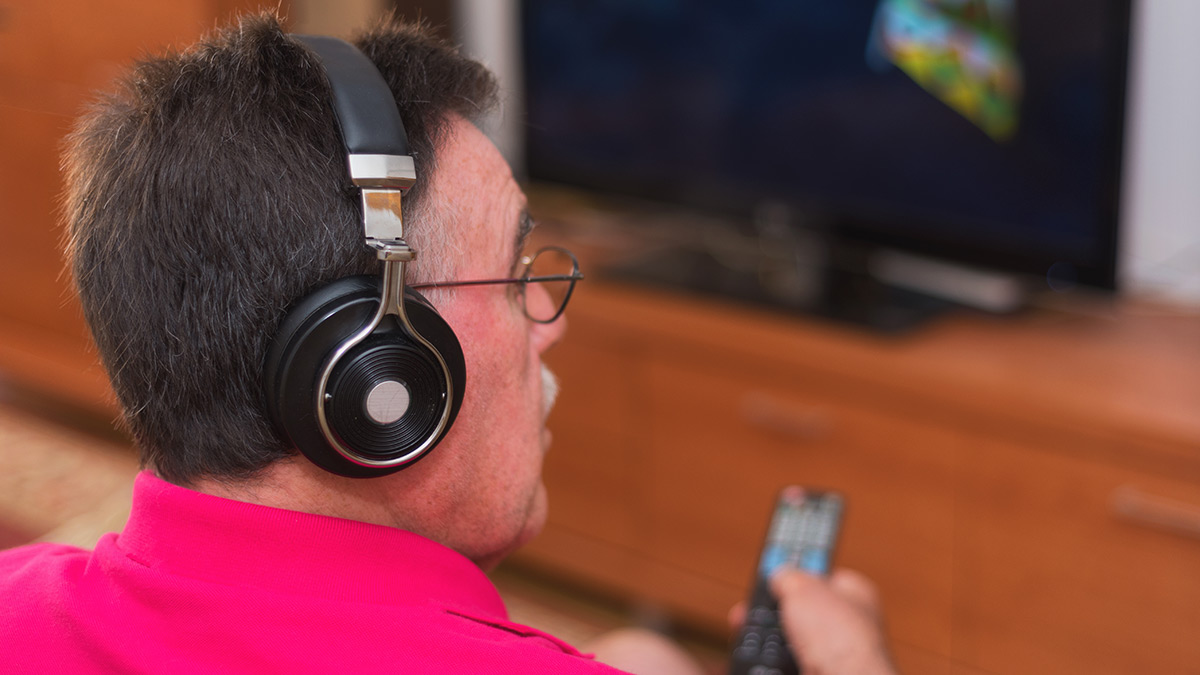
If you have hearing loss or wear a hearing aid, you don’t need to crank your TV speakers just to enjoy a movie. Modern home entertainment technology offers plenty of ways to connect headphones and hearing aids to the TV, so you can set the mix and volume to suit your ears.
On this page:
- Using your hearing aid with the TV
- Can you connect a hearing aid to the TV?
- Can you use headphones with a hearing aid?
- Can you use headphones in place of a hearing aid?
- How to activate Bluetooth on your TV
- What if you have hearing loss but your partner does not?
Our guide outlines various options so you can pick a solution best suited to your budget and TV set-up. If you wear a hearing aid, we suggest you speak to your audiologist before buying anything to make sure it matches your specific needs.
Using your hearing aid with the TV
Bluetooth is the most common method for connecting your hearing aid to your TV. It’s built into almost all modern TVs and wireless headphones as well as many digital hearing aids.
Bluetooth audio ‘dongles’ are available for older TVs that don’t support the technology. These connect via outputs such as RCA, auxiliary and optical (also known as TOSLINK). Make sure you select a Bluetooth dongle that sends the audio from the TV, and is not simply a receiver.
Ways to use wireless headphones or hearing aids with your TV
1. Directly via Bluetooth (modern TVs).
2. Via a compatible wireless dongle plugged into RCA, auxiliary or optical inputs (older TVs).
3. Using wireless headphones with their own transmitter that plugs into the TV (older TVs).
Though convenient, Bluetooth isn’t perfect. It can reduce quality, cause latency and lip-sync issues, and is pretty power hungry which can put a strain on headphone and hearing aid batteries.
You can also buy dongles or mounts that transmit audio using radio waves, infra-red, Wi-Fi or induction loops for older hearing aids. This includes headphones that come with a special mount which plugs into your TV.
Sennheiser is the most prominent mainstream manufacturer of products like these, but there are plenty of smaller brands as well.
What about wired headphones?
Wired headphones are an option if you prefer, but you’ll need to buy a long auxiliary cable unless you sit very close to your TV or have a cable connecting a headphone amp that’s next to you to the TV.
This can be a handy solution as you’ll be able to control the volume independently of the TV volume. But make sure you lay the cable carefully as you don’t want to introduce a trip hazard.
On the plus side it removes any potential issues with sound quality and latency problems that can occur with Bluetooth headphones.
Can you connect a hearing aid to the TV?
Many digital hearing aids made in the last few years either support Bluetooth or offer Bluetooth as an optional extra for a slightly higher price.
If you have an older model, ask your audiologist about buying an infra-red, telecoil or induction loop dongle. They can recommend the right product and help you set it up.
Can you use headphones with a hearing aid?
This can be a quick, simple solution depending on the size and shape of your hearing aid. Receiver-in-canal (RIC) and in-the-ear (ITE) hearing aids are typically small enough to accommodate on or over ear headphones, often known as ‘cans’.
Some behind-the-ear (BTE) models are suitable too. You can’t use earbuds without removing your hearing aid.
Unfortunately the range of headphones and hearing aid designs means this isn’t a one-size-fits-all situation. There are also some safety precautions to consider, according to Gemma Cooper, clinical leader of commercial clinical services at Hearing Australia.
She suggests that using headphones with your hearing aid is generally fine, provided you consult with your audiologist first. She recommends using over-ear headphones if possible.
“For most hearing aid wearers, the over-the-ear style headphone suits the majority of hearing aid styles,” which are BTE and RIC, she explains. “In-the-ear and receiver-in-canal hearing aid wearers can also use on-the-ear headphones.
“You want to look for headphones with a good adjustable headset so you can ensure they sit exactly where you want them to and don’t pull down or put weight on the ear/hearing aid,” she adds.
You should consider your type of hearing loss and try to find headphones that let you adjust settings to compensate for that. The right model may allow bass, treble and volume to be tweaked for each ear to suit your needs.
Using headphones with hearing aids
You can use on-ear or around-ear headphones (aka cans) with most receiver-in-canal (RIC) and in-the-ear (ITE) hearing aids.
Large around-ear headphones are best suited for most behind-the-ear (BTE) hearing aids. Smaller cans and on-ear headphones won’t fit correctly.
An incorrectly fitted can around the ear and hearing aid can reduce volume. A tight fit can cause interference. Some noise-cancelling headphones can interfere with hearing aids too.
You’re going to need to try a few options with the help of your audiologist, as interference can be an issue as well. “If the headphones don’t sit correctly around the microphone, the sound may be too soft,” says Cooper.
“If the headphones hug the ear too tightly, you can experience feedback from the hearing aids.
“On-the-ear headphones don’t provide a great acoustic seal, meaning ambient noise often leaks in, and users often need to turn up the volume of the sound on their device to hear clearly.
“They may also generate a higher risk of feedback/whistling because of the proximity of the headphone earpiece to the hearing aid.” Note, Bluetooth itself doesn’t cause any interference.
In terms of general safety, the same rules apply to hearing aid users as anyone else. Take frequent breaks (every one to two hours) and keep the volume as low as possible. You’re not going to damage the hearing aid but you can damage your hearing if you crank the volume.
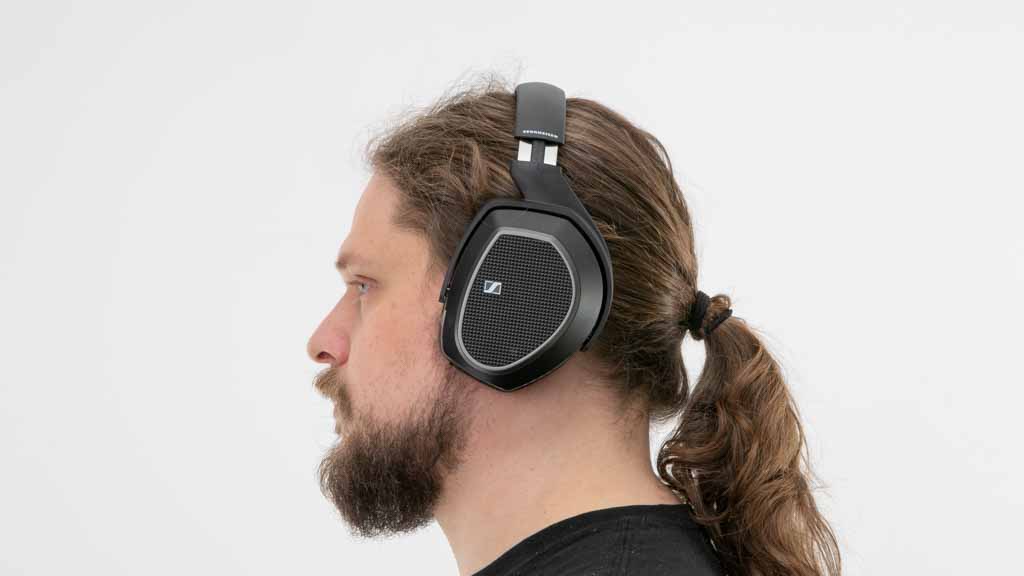
Can you use headphones in place of a hearing aid?
You may be able to remove your hearing aid and use headphones if you have low to moderate hearing loss. This includes earbuds that wouldn’t normally fit with a hearing aid in place. Just remember, cranking the volume to compensate for this can still put your hearing at risk according to Cooper.
“Hearing aids have a limited output range, so when a sound enters the hearing aid, it’s only amplified for the wearer to a safe level,” she says, adding that this level of protection is removed if you swap your hearing aid for earbuds.
“[Also], combining headphones with a hearing loss means that the wearer is much less aware of sounds around them, such as hearing the smoke alarm.”
Specialty earbuds
Earbuds specifically designed for home entertainment are available, mainly for those that are hard of hearing but don’t use a hearing aid.
They let you tweak things like bass, treble, volume for each ear and so on, to compensate for your hearing loss. Some specifically amplify dialogue, such as TV Voice Pro Air headphones.
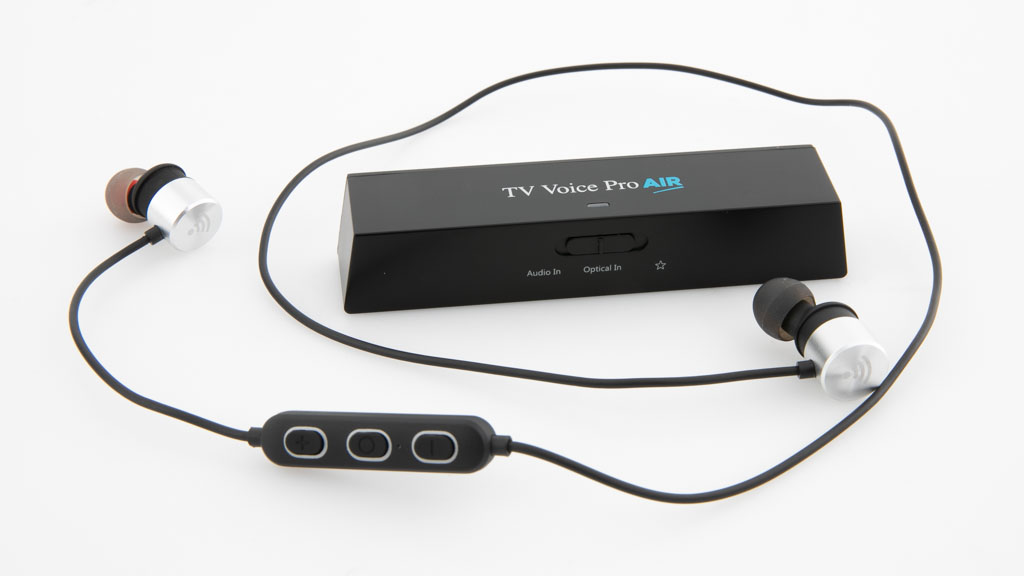
These usually connect to your TV via a dongle that uses Wi-Fi or infra-red, so check the spec sheet before buying to make sure your TV has the right outputs (USB or audio out via RCA/AUX/HDMI/optical etc).
They also tend to include a remote so you can adjust the settings independent of the TV without having to get off the couch. Sennheiser is the most prominent manufacturer in this area.
How to activate Bluetooth on your TV
We looked at three new TVs from LG, Samsung and Sony which, combined, make up the majority of TVs on the market.
It was easy to locate and turn on Bluetooth then scan for headphones on the LG and Samsung, but Sony hid the settings in the “remotes and accessories” section, so you may need to consult the manual to find the appropriate setting.
The LG and Samsung didn’t automatically connect to the headphones each time we turned on the TV. We had to manually do that in the settings. Sony was the opposite, which meant we had to manually disconnect the headphones if we wanted to use the speakers or other devices (such as a soundbar).
So, the best option depends on whether you need to swap between headphones and other devices, or if you’re going to use Bluetooth headphones most of the time.
Minor latency will always be evident with Bluetooth devices and we noticed it in each TV and pair of headphones. But it was minimal and you will probably forget about it after a minute or so.
LG did include a tool that pings your headphones to determine, and compensate for, audio delay in milliseconds. You can manually adjust delay if it still seems off. The Sony had a built-in audio/video sync tool but it was difficult to tell if it was actually working.
Common audio inputs
The main wired and wireless inputs and symbols that you’ll find on your TV, dongle, apps, instruction manuals and on the headphones/hearing aids.
Auxiliary – single input
RCA – left and right inputs, often red and white
Optical, aka TOSLINK
HDMI
Bluetooth
Wi-Fi
How to use a Bluetooth adaptor or wireless transmitter
Bluetooth adaptors and wireless transmitters plug into the auxiliary, RCA or optical output on your TV, so make sure the adaptor inputs match up. Newer TVs may not include RCA, auxiliary cables or adaptors, and some adaptors only support these inputs. Remember to check the specs.
We found Sennheiser’s Bluetooth Audio Transmitter supported all required inputs. It was also easy to set up, adding Bluetooth to an older TV.
For example, Sennheiser make entertainment-specific wireless headphones that sync to a dongle connected to the TV, not unlike the TV Voice Pro Air headphones.
The mid-range RS 120 II’s only support RCA which basically makes them obsolete for many new TVs, while the higher-end 175 and Voice Pro Air supports optical.
How to use wired headphones
Though this seems like a simple case of plug-and-play, you may find your TV doesn’t have the necessary inputs for wired headphones. You’ll need to track down a converter if that’s the case. These are often available from the manufacturer or online.
We also found that wired gaming headsets with in-built microphones can cause problems. We tried to connect a pair of Logitech headphones with no intention of using the mic, but the four-pole cable plug isn’t designed to work with TV inputs.
Some audio came through, but it cut all dialogue. Again, you’ll need to find a converter.
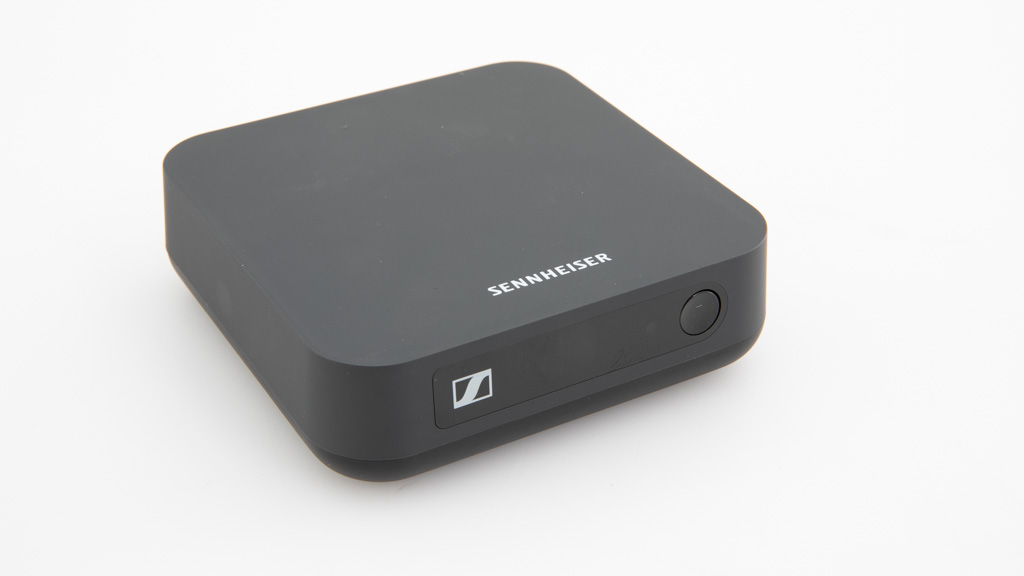
Which headphones are the easiest to use?
Specialty devices with their own transmitters typically come with remote controls which is very handy. Play/pause, volume and Bluetooth sync buttons are usually built into the side of the cans or attached to the cable that holds earbuds together. Some have a separate remote.
Earbuds often rely on touch commands, such as “hold the left earbud for three seconds”. This is a little bit harder as it requires more dexterity, and you can accidentally activate other settings if you move your finger too quickly.
Models without onboard controls may require you to adjust it from an app on your smartphone or even use voice commands. For example, many earbuds let you swipe to skip tracks, but you can use this gesture to increase/decrease volume in the app settings.
So, if you’re not tech savvy or you don’t own a smartphone, stick to headphones with onboard controls or a remote.
Which headphones have the best sound quality?
This is like asking which ice cream tastes best. Good quality is subjective and based entirely around personal preference.
That said, we did notice some important differentiators when we looked at affordable, mid-range and high-end headphones in the context of hearing assistance.
Movies, TV shows and so on are basically nothing without the dialogue (aside from silent films), so we looked for headphones that delivered a dynamic sound with clear, crisp speech clarity. This included the Voice Pro Air headphones which claimed to amplify dialogue for hard of hearing users.
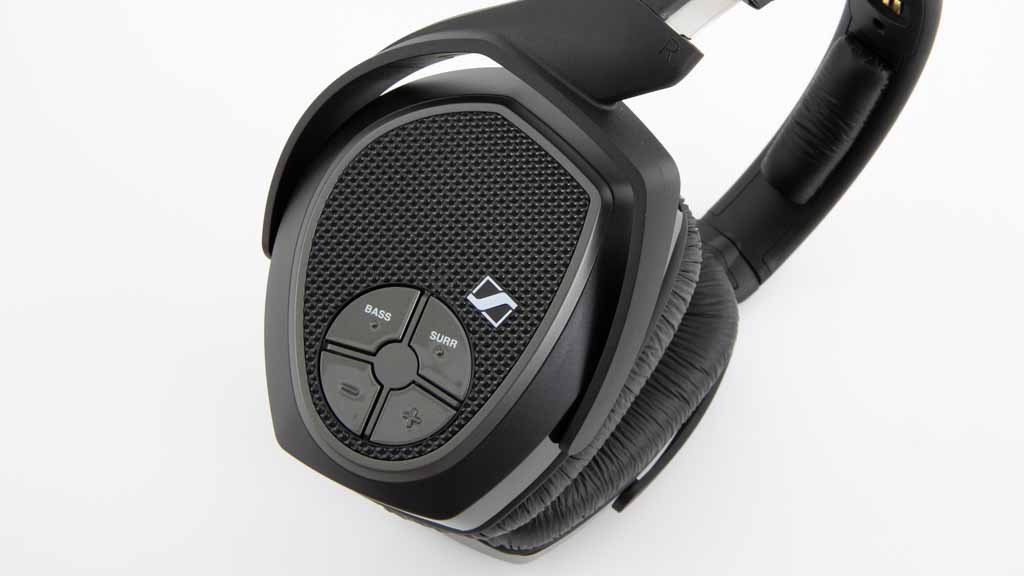
Overall, cheaper models sounded flat with limited bass and some muddy dialogue, while more expensive models had the dynamic range required to let the dialogue come through, even in loud action scenes.
This was the case with earbuds and headphones, so it’s probably worth spending a little extra if you have trouble hearing dialogue.
The TV Voice Pro Air headphones lived up to the advertising claims. They clearly amplified dialogue by increasing mid- and high-range frequencies, at the expense of bass.
This suggests that some specialty headphones are worth considering if you’re really having trouble hearing dialogue, just don’t expect excellent audio quality across the board.
We didn’t notice a difference in sound quality between Bluetooth and headphones that used proprietary signals, such as the Sennheiser 120 IIs and 175s. The 120 II’s exhibited a light buzz, presumably due to the radio signal used rather than Bluetooth, and the 175’s dropped out or stuttered every minute or so.
The thing is, these have hung around from a time before Bluetooth was widespread. There’s no real reason to use them anymore in place of Bluetooth (including a dongle), unless you really like the sound quality and features or your TV doesn’t offer Bluetooth support.
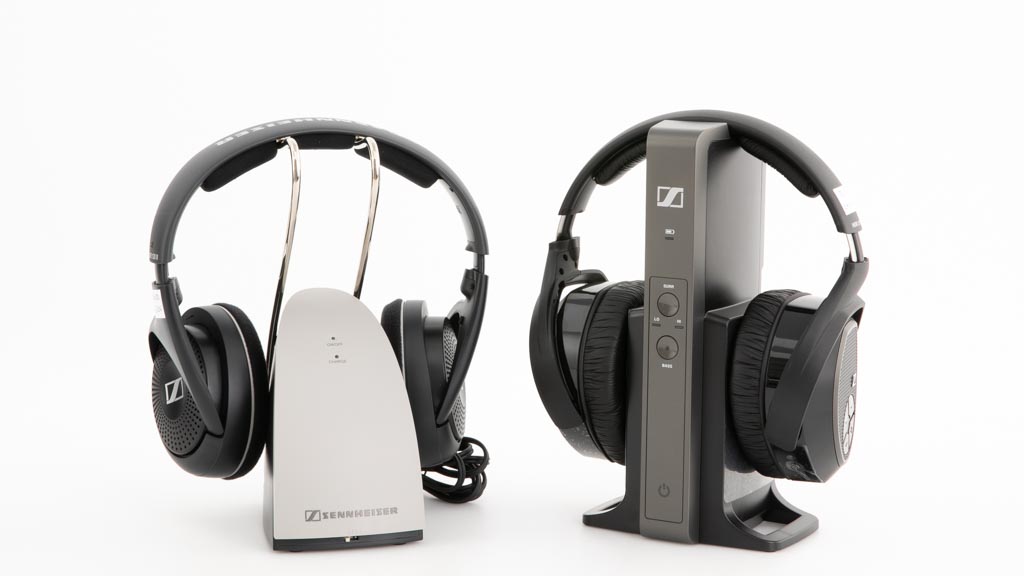
What if you have hearing loss but your partner does not?
This is where dual audio output or ‘passthrough’ comes in handy. Many TVs let you send audio to the built-in speakers and another output at the same time, including Bluetooth, HDMI or optical for example.
Then, your friend, housemate, partner etc. can watch TV at a suitable volume using the speakers, while you can set your own levels in the headphones.
Of the three TVs we looked at, the LG and Samsung supported dual audio with Bluetooth headphones and TV speakers. The LG was easy to set up, with clear text that indicated which outputs were active.
In this case, it was ‘Bluetooth surround sound + TV’. The Samsung was a little more difficult due to the convoluted menu.
We couldn’t find any way to set up dual audio directly from the Sony TV. But the manual suggests that you can set up passthrough to go to a Bluetooth dongle and TV speaker at the same time, but we couldn’t confirm this.
All three dual audio options introduced latency and the LG was the only TV with settings to fix this. So, if you’re in this situation, make sure you check the specification/manual or ask the retailer if the TV you own or are looking at buying specifically supports dual audio with Bluetooth.
It seems like it’s not a given across all brands even though passthrough to a physical output like HDMI is standard.
Dual passthrough to soundbars
Things get a lot more complicated when you add a soundbar or home cinema to the mix. This is because the TV needs to passthrough to two external devices which they often can’t do. We faced similar problems with dongles.
Dual audio output options
Most TVs let you play audio through the built-in speakers and an external device, like headphones or a dongle, at the same time.
Very few TVs can send audio to two external devices, such as headphones and a soundbar or speakers, at the same time.
For example, the LG and Samsung only allowed output to one device at a time in conjunction with the built-in TV speakers.
We couldn’t tell them to send audio via Bluetooth and HDMI, for example. We managed to get it working on the Sony, but only when the soundbar was connected with an optical cable.
That’s not to say you can’t connect a soundbar and Bluetooth headphones to your TV or dongle. Just be prepared to regularly switch between or stick with the built-in speakers if someone needs to use headphones.
Try before you buy?
Many retailers don’t let you try on headphones due to health and safety reasons. And they generally don’t accept returns unless they’re faulty, as retailers can’t resell ‘used’ models.
Unfortunately, this puts you in a bit of a tough spot. The best advice we can give is to try to borrow headphones from a friend or relative that are similar to those you’re considering to gauge fit and comfort, especially if you wear a sizeable hearing aid.
Also, always consult your audiologist before buying as they may have sample products you can try.

